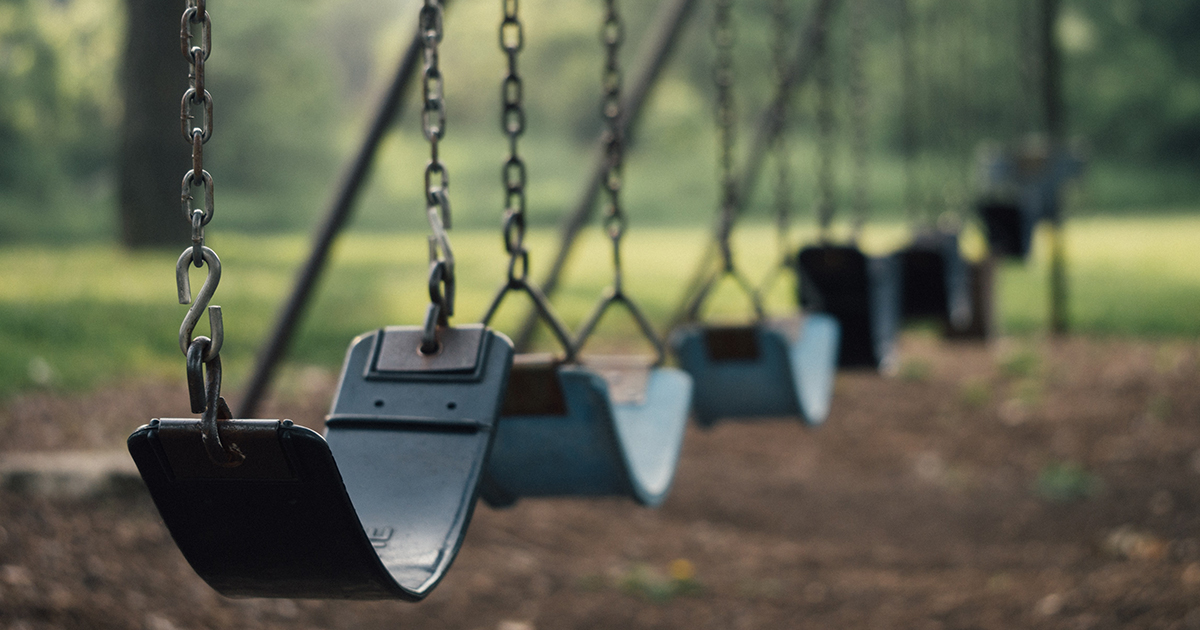
As K-12 schools look ahead to students returning to classrooms in the fall after an extended period of coronavirus-induced isolation, an international group of researchers has one plea: Don’t forget about recess.
Recess is a crucial time for kids to engage in physical activity, as well as practice their social and emotional regulation skills. And it’s going to be an integral part of allowing kids to recover from the stress and even trauma wrought by the COVID-19 pandemic.
That’s the message of a recent statement published by the newly formed interdisciplinary Global Recess Alliance, which includes health professionals, education leaders and researchers from the U.S., UK, Australia and Canada.
“If we look holistically at child development and the needs of children, one of the things we know from a whole host of research is that play is crucial to how children learn,” says William Massey, one of the authors of the statement and an assistant professor of kinesiology in Oregon State University’s College of Public Health and Human Sciences.
Peer-to-peer social interaction and relationships are also crucial to overall healthy development, he said, and physical activity helps prime the brain for learning.
“Recess provides a context for all of those things to happen,” he says.
Physical activity also helps kids de-stress, which is critical to maintaining higher-order brain functions that can be impeded by anxiety, William says.
The alliance hopes more adults will understand and value the need for recess now, after perhaps being cooped up at home with their school-age children for months as school buildings have closed due to the pandemic.
At the same time, there’s concern that adults will see kids’ resilience and assume they’re ready to move on, William says.
“It’s easy to look at them right now and go, ‘Oh they’re doing fine,’ but in reality, a lot of them are probably silently struggling,” he says. “And there’s a risk of compounding that with schools coming back and saying, ‘We need to make up for lost time; we need to cram more material in.’”
In light of the research on learning and play, trying to “catch up” by reducing recess in favor of more instructional time would be counterproductive by creating additional stress for kids and inhibiting their critical thinking abilities, William says.
As for safety concerns about recess at school, William pointed to research showing that COVID-19 is more likely to spread in confined, indoor spaces. He argues kids will be safer outside during recess than in classrooms.
The Alliance’s statement also includes recommendations for maintaining proper sanitation during recess, including maintaining separate bins for each class’s playground equipment; wiping down or spraying equipment with disinfectants after recess; adding handwashing stations and implementing handwashing time before, during and after recess; and encouraging a wide variety of activities, including solo activities.
Overall, educators and administrators should be ready to be flexible, William says. For example, before the pandemic, Utah passed a law allowing public schools to count recess as instructional time.
“I think that now that we’re in this post-COVID world, (Utah’s law) becomes a really unique and innovative solution to recess,” William says.
Maybe recess going forward will be a class-by-class excursion, rather than the whole school on the playground at the same time, he says. Maybe teachers will encourage more activities like running and jumping, rather than playing on equipment that then needs to be sanitized.
William added that educators must also be flexible in their expectations of student behavior, especially considering that some students may have been isolated in abusive or unsafe households and could return to school with significant trauma and anxiety.
“If we don’t give children an opportunity and a space to heal and to interact, then our learning goals don’t matter because they’re not going to happen,” he says. “Expect a wide range of responses and be flexible in your approach to them.
“Think about how we adults have felt through all of this, and multiply that by 100; that’s probably how kids have felt.”